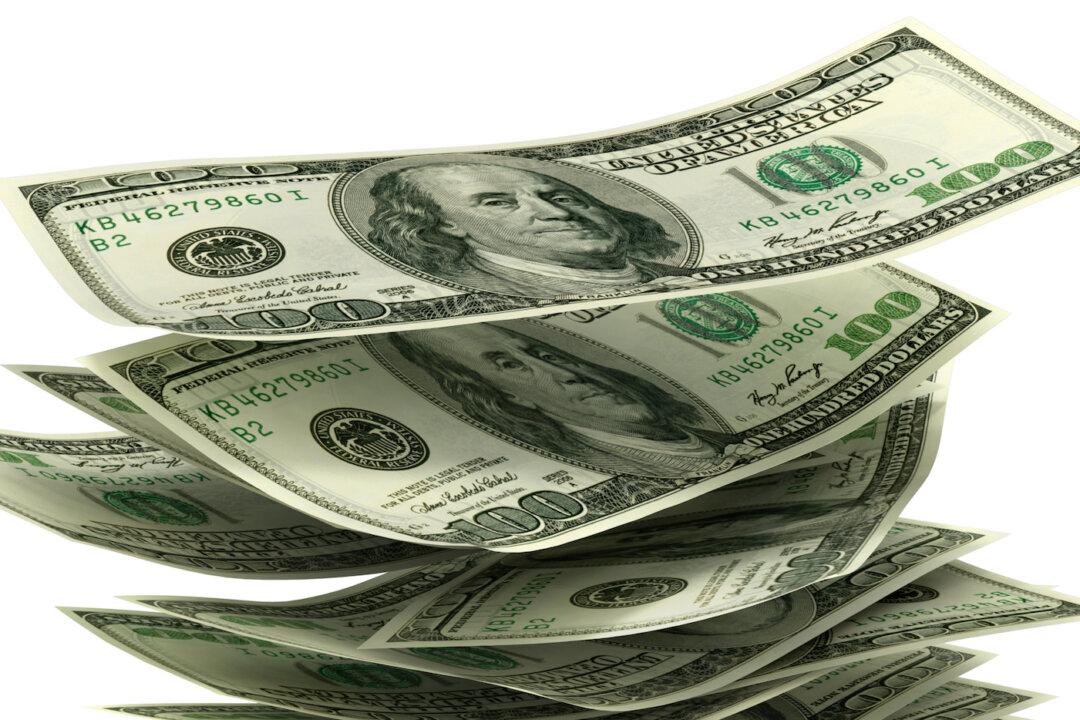Commentary
About 60 years ago, Sen. Everett Dirksen (R-Ill.) uttered the famous quip, “A billion here, a billion there, and pretty soon, you’re talking about real money.”


About 60 years ago, Sen. Everett Dirksen (R-Ill.) uttered the famous quip, “A billion here, a billion there, and pretty soon, you’re talking about real money.”